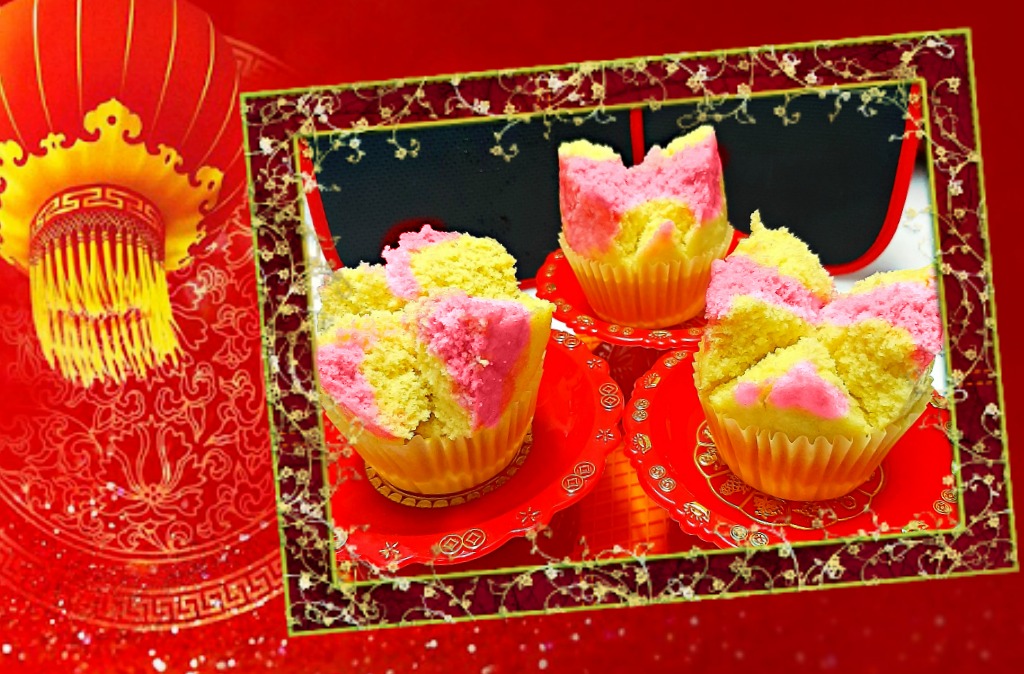Steaming as one of the classic methods of Chinese cooking hasn’t gone out of style since the day it was discovered many centuries ago. Alongside stir-frying, boiling, braising and deep-frying, this art of creating authentic Chinese cuisine harks back to the days of the Ming Dynasty of 1368 to 1644.
However, of all the techniques mentioned, steaming may be one of the oldest ways of food preparation. Early steam cookers made of stoneware dating back to 5000 BCE have been found in China’s very first village settlements in Yellow River Valley. These stone-age type utensils predate even the Ming Dynasty and show that this was the way the Chinese cooked rice, meats, fish, vegetables, buns and cakes from the very beginning of time.
Fast forward to today and we are at the brink of celebrating yet another festival that recollects age-old Chinese culture ─ the Chinese New Year. With the celebration being just around the corner, these two traditional steamed cakes ─“Fatt Koe” and “Gai Dan Koe” are a “must eat” for the new year as they represent prosperity and success ─ something everyone would wish for as they step into the Year of the Metal Rat in 2020.
Symbols of Prosperity & Success
Fatt Koe and Gai Dan Koe are deemed to be the bringers of abundance to one’s life when eaten.
They are also used as offerings during prayers among the Buddhist during Chinese New Year, so they’re quite imperative.
But generally speaking, these are good luck foods.
Fatt means prosper in Cantonese, and Koe means cake or high. Fatt Koe when translated means “Wealth will pile as High as a Mountain”.
Doesn’t that sound just delectable? Quick, eat more Fatt Koe to get rich!
The same goes for Gai Dan Koe. Gai Dan means egg in Cantonese and when steamed, it will be Koe or rise high.
The Chinese just love symbolism and word-play.
But more than just representation of wishful thinking, these cakes are super low fat and healthy, easy to make and suitable for children too as Lisa Ng will tell you.
Lisa is a baking enthusiast and used to bake cakes for her daughters’ birthday parties back when they were in school. When she began taking her hobby seriously, she attended bakery classes. Now armed with know-how, she continues to bake cakes and cookies for her family and friends during social get-togethers and festive occassions.
“I feel good when my family and friends enjoy my food,” says Lisa who gives out all her culinary creations for everyone to try because she just loves doing so. “When you bake the cake or cookies yourself, you give a personal touch to the celebration.”
These recipes (and pictures) are from her.
Fatt Koe
There are many ways to make Fatt Koe. Lisa’s recipe calls for a secret ingredient ─ yeast, to produce a bouncier and denser texture than from other methods.
Ingredients
- Plain flour: 125gm
- Baking Powder: 1/2 teaspoon
- Dry yeast: 3gm
- Sugar: 50gm
- Butter: 4gm (melted)
- Water: 112gm
Method
- Mix flour, dry yeast and sugar together
- Then add in the melted butter and water
- Mix well
- Scoop out 2 tablespoons and mix in red food colouring
- Mix in yellow colouring for the remaining batter
- Spoon into paper cups
- Set aside for proofing* for 60mins
*Proofing is also called final fermentation. As yeast is used, proofing will allow the dough to rise during the cooking process.
- Steam for 15 -20mins
Gai Dan Koe
For this steamed Chinese concoction, another secret ingredient is used: Sprite! The fizzy drink is to aerate or add air bubbles to lighten and fluff up the final product.
Ingredients
- Eggs: 3
- Low Protein Flour: 180gm
- Sugar: 130gm
- Sprite: 75gm
*To measure precisely, use a digital weighing scale.
Method
- Beat eggs and sugar till stiff and white
- Sift in the flour
- Mix with a spatula
- Lastly mix in Sprite to flour mixture
- Pour into a 6-inch lined cake tin
- Sprinkle some sugar making a cross line on top of the cake mix
- Steam for 30mins
Happy preparing for Chinese New Year!
For more updates on what you could cook or bake for the upcoming festivities, check back with Motherhood.com.my soon.
